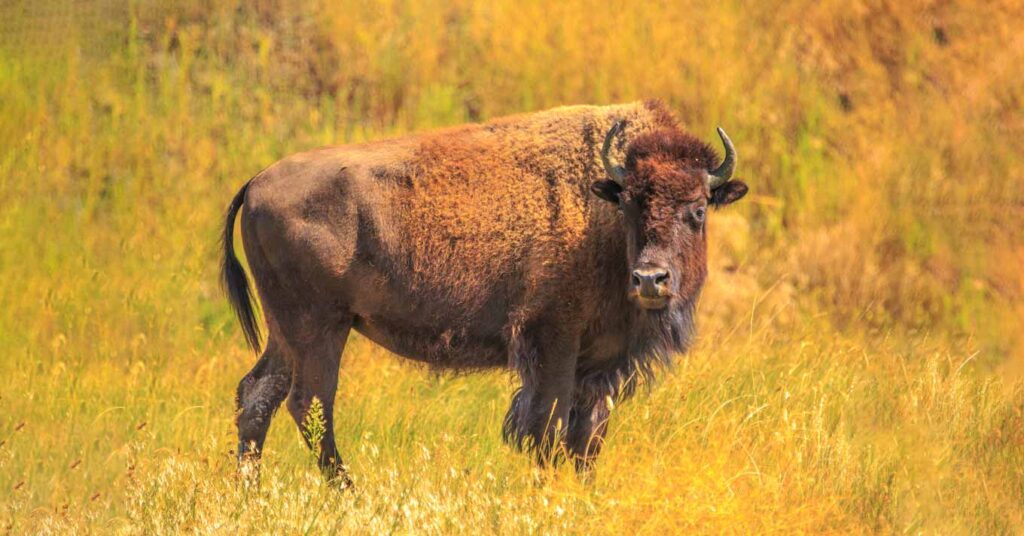In a watershed moment this June, the Fish and Wildlife Service acknowledged the substantial arguments presented in petitions to grant Yellowstone bison protection under the Endangered Species Act. The backdrop to this unfolding narrative dates back 150 years when the Great Plains bore witness to the majestic presence of nearly 30 million American bison. However, the late 19th century cast a dark shadow as white settlers, driven by expansion, decimated the bison population, with around 5,000 animals slaughtered daily in 1871 and 1872.
Fast forward to the present, and the Department of the Interior spearheads a remarkable conservation effort to revive North American Plains bison. Overseeing 19 herds across 4.6 million acres of federal lands, the department has become the primary custodian of a burgeoning bison population, with approximately 350,000 Plains bison in production herds, 30,000 in public herds, and 20,000 in tribal herds.
At the heart of this resurgence lies Yellowstone, boasting the largest conservation herd of buffalo in the U.S. These Yellowstone bison, representing the purest bloodline of native Plains bison, play a vital role in the intricate balance of the Great Plains ecosystem. Initiatives such as the Bison Conservation Transfer Program, led by the National Park Service, are pivotal in reintroducing bison to tribal lands, rekindling a symbiotic relationship with Indigenous communities.
However, the journey to bison repopulation is laden with challenges. Overhunting, habitat loss, and the looming threat of brucellosis have all contributed to the complexities of their resurgence. Yet, in the face of these obstacles, innovative conservation strategies, such as the Bison Conservation Transfer Program, underscore a commitment to diverting bison from slaughter and facilitating their return to tribal lands. This endeavor demands time, meticulous testing, and a nuanced understanding of the political landscapes involved.
As bison numbers steadily rise, the delicate equilibrium with the agricultural industry becomes increasingly apparent. Recognizing the significance of both bison herds and cattle farming, the Bison Conservation Transfer Program, with the ambitious goal of transferring 175 bison by the end of the summer in 2022, envisions a metapopulation where smaller herds collectively contribute to a thriving wild bison population stretching from Canada to Mexico.
The epic journey toward bison restoration unfolds as a testament to the resilience of these magnificent creatures and the delicate dance between conservation and human needs. In this tale of environmental stewardship, cooperation, and tenacity, the narrative transcends the revival of a species to underscore the interconnectedness of all living beings in the delicate web of nature.
